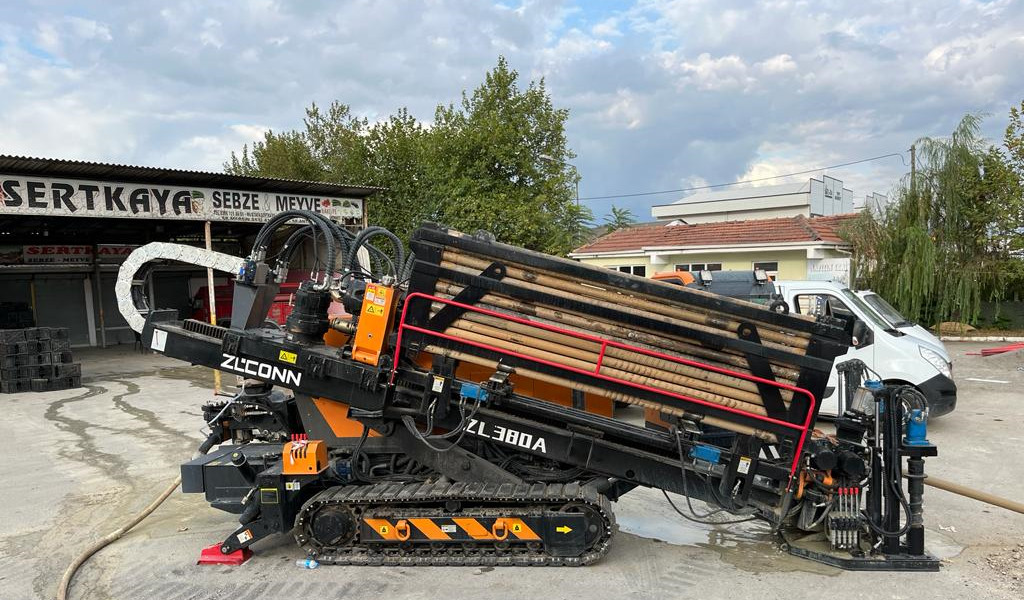Joe is a blogger who likes to share his life with others. He loves spending time with his family and friends, and he enjoys writing about his experiences. Lillian is a kind and caring person, and he wants to help others in whatever way he can.

In the realm of underground construction and utility installations, Horizontal Directional Drilling rigs have emerged as indispensable tools, revolutionizing the way projects are executed. These rigs offer a versatile and efficient solution for navigating challenging terrains and installing infrastructure with minimal surface disruption. In this article, we will explore the numerous benefits that a Horizontal Directional Drilling Rig brings to construction and utility projects.
Minimized Surface Disturbance
One of the primary advantages of an HDD rig is its ability to minimize surface disturbance. Traditional excavation methods often involve disruptive digging, leading to landscape alterations and potential damage to existing structures. HDD rigs, however, drill horizontally beneath the surface, leaving the landscape largely undisturbed. This is particularly advantageous in urban areas or environmentally sensitive locations where preserving the surface is crucial.
Versatility in Project Applications
Horizontal Directional Drilling rigs are remarkably versatile, making them suitable for a wide range of project applications. Whether the task involves installing utility lines, pipelines, or conduits, an HDD rig can navigate through various soil conditions and terrains with ease. This versatility makes HDD rigs a preferred choice for projects of different scales and complexities.
Precision in Underground Installations
HDD rigs excel in providing precise and accurate installations underground. With advanced tracking systems and automated drilling functions, these rigs can follow predetermined drilling paths with pinpoint accuracy. This precision is crucial when avoiding existing utilities, navigating around obstacles, or meeting specific project specifications. The result is a higher level of accuracy in the placement of infrastructure.
Faster Project Completion
HDD rigs are known for their efficiency, allowing projects to be completed at an accelerated pace. The streamlined drilling process, automated functions, and reduced need for extensive surface restoration contribute to faster project timelines. This is especially beneficial for projects with tight deadlines or those in need of quick infrastructure installations.
Enhanced Safety Measures
Safety is paramount in any construction project, and HDD rigs prioritize operator and site safety. The controlled and automated nature of the drilling process minimizes the risk of accidents. Additionally, the reduced need for extensive excavation and trenching lowers the potential hazards associated with traditional digging methods, creating a safer working environment.
Adaptability to Challenging Terrains
HDD rigs are designed to handle challenging terrains and soil conditions. Whether dealing with rocky landscapes, river crossings, or congested urban areas, these rigs can navigate through obstacles and varying soil types. The adaptability of HDD rigs ensures that projects in diverse environments can be successfully executed with minimal disruptions.
Minimal Disruption to Traffic and Communities
In urban areas or regions with heavy traffic flow, traditional excavation methods can lead to significant disruptions. HDD rigs, with their ability to drill underground, minimize disruption to traffic and local communities. This is particularly advantageous for projects involving road crossings, railway installations, or utility installations in densely populated areas.
Long-Term Reliability of Installations
The precision and accuracy of HDD rigs contribute to the long-term reliability of underground installations. By following predetermined paths and avoiding potential hazards, such as existing utilities, the risk of damage to infrastructure is minimized. This reliability ensures that the installed infrastructure remains intact and operational over an extended period.
Conclusion
Investing in a Horizontal Directional Drilling rig brings a multitude of benefits to construction and utility projects. From minimizing surface disturbance and preserving the environment to enhancing precision, safety, and cost-effectiveness, HDD rigs have become instrumental in reshaping the landscape of underground infrastructure installations.
